Finding a solid remote job isn’t always as easy as people online make it sound. And if you’re typing “remote data entry jobs” into Google hoping for a low-stress way to make money from home, you’re not alone. These jobs are everywhere and yet somehow also maddeningly hard to pin down when you want something real, flexible, and not sketchy. This guide is for the job seeker who’s practical and cautious (because scams are real), but optimistic. We’ll break down exactly what remote data entry work involves, how to avoid the fake listings, where to find legit gigs (even part time remote jobs), and how to build a routine that doesn’t suck the life out of working from home.
What Is Remote Data Entry Work?
Imagine spreadsheets, form fields, databases, and lots of clicking. Remote data entry is exactly what it sounds like: entering data on your laptop, from anywhere with Wi-Fi. It might look like transcribing handwritten forms, updating a product catalog, logging invoices, or sorting survey responses.
Common tasks include transferring information from source documents to spreadsheets or software, checking data for errors or inconsistencies, updating and organizing files or databases, and communicating with supervisors if anything looks off. If you’ve got a decent eye for detail and can type quickly without frying your brain, this is doable work.
Some gigs are short-term, like helping a small business organize customer contact forms during a seasonal promotion. Others are full-time employment, like healthcare companies needing someone to input patient intake data every day. A few roles are truly entry-level, like basic copy-paste work for marketing databases or survey cleanup. Others demand serious Excel skills, such as organizing multi-sheet financial reports or using formulas to automate data validation.
The industries hiring for remote data entry are surprisingly diverse. In healthcare, you might update electronic health records. In retail, you could enter inventory updates or online orders. For logistics, you may track shipment records or delivery confirmations. What about finance? Things like invoice logging, expense tracking, or contract data formatting. If a company handles information, they probably need someone to digitize, clean, and organize it.
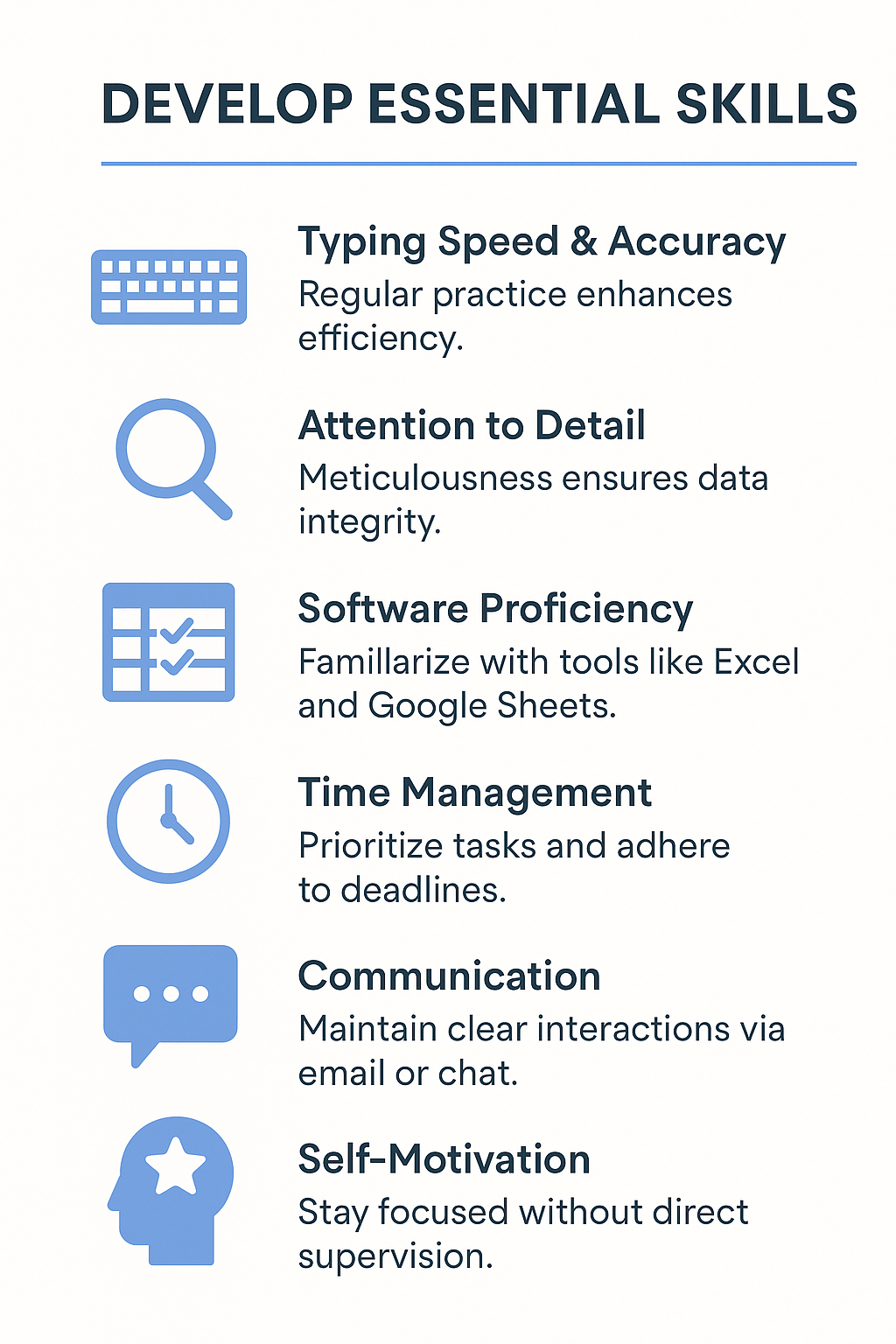
Skills and Tools That Make You Stand Out
You don’t need a college degree or years of experience, but you do need to be reliable and reasonably tech-savvy. Here’s what helps:
Typing speed and accuracy matter… A lot. A role at a transcription company might require 60+ words per minute, while a data cataloging task for an e-commerce store could focus more on precision than speed.
Spreadsheet basics are important too. You don’t need to know pivot tables on day one, but you should be comfortable editing Google Sheets or Excel. For example: updating product listings for an online store or maintaining a guest list for a virtual event planning company.
A good eye for detail will save you (and your employer) a ton of frustration. Say you’re entering medical billing codes or legal case numbers, one wrong digit could cause serious problems. Employers love people who catch those errors before they’re sent off.
A decent computer and internet connection are non-negotiable. For instance, if you’re doing work for a healthcare company that requires VPN access or remote desktop login, a laggy system won’t cut it.
Time management is crucial, especially for part-time remote jobs where you set your own hours. One freelancer might split their day between Clickworker microtasks in the morning and a long-term Upwork gig in the afternoon.
Nice-to-haves include familiarity with CRM systems like Salesforce, transcription software like Otter.ai, or prior experience in fields like medical records, insurance claims, or HR databases. Anything where privacy, formatting, and accuracy matter.
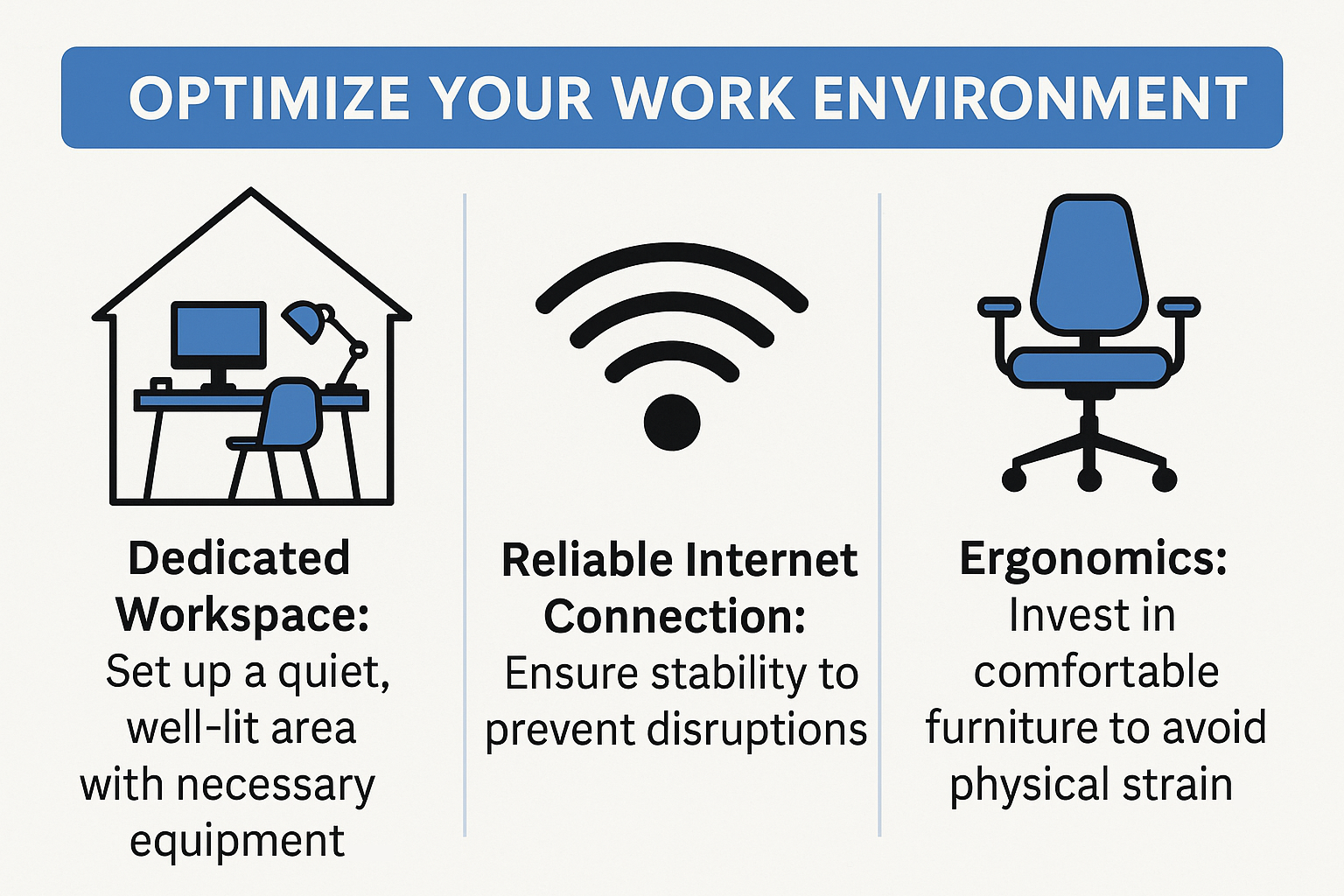
Spotting Legit Data Entry Jobs (and Avoiding Scams)
Scammers love targeting people looking for remote data entry jobs. These roles don’t usually require certifications or interviews, so they’re an easy disguise for shady operations trying to bait newcomers.
Red flags to watch out for include promises like “Earn $1,000/day typing from home!” A classic ‘too-good-to-be-true’ scam. You might also see vague job listings without a company name or contact info. Be especially cautious if someone asks you to pay upfront for training or software access. Another example, one scam going around involves fake recruiters asking for $50 to “register” you, then disappearing.
Hiring that takes place entirely over Telegram or WhatsApp is another warning sign. A legit company will at least offer a video interview or email correspondence from a professional domain. Also, if a job offer shows up in your inbox out of nowhere and asks for your bank info or Social Security number before any formal paperwork, it’s likely a scam.
Green flags include companies that have an official website, employee reviews on platforms like Glassdoor, and detailed job descriptions. For example, HealthMark Group and Conduent both offer legitimate data entry roles and walk applicants through structured hiring processes, often with assessments or onboarding calls. A fair hourly rate, typically $14–$25/hour depending on experience, should be expected.
When in doubt, search for the company’s name followed by “scam” or “reviews.” Better yet, check forums like Reddit’s r/WorkOnline or r/Scams where other job seekers share their experiences. If your gut tells you something feels off, trust it and back out.
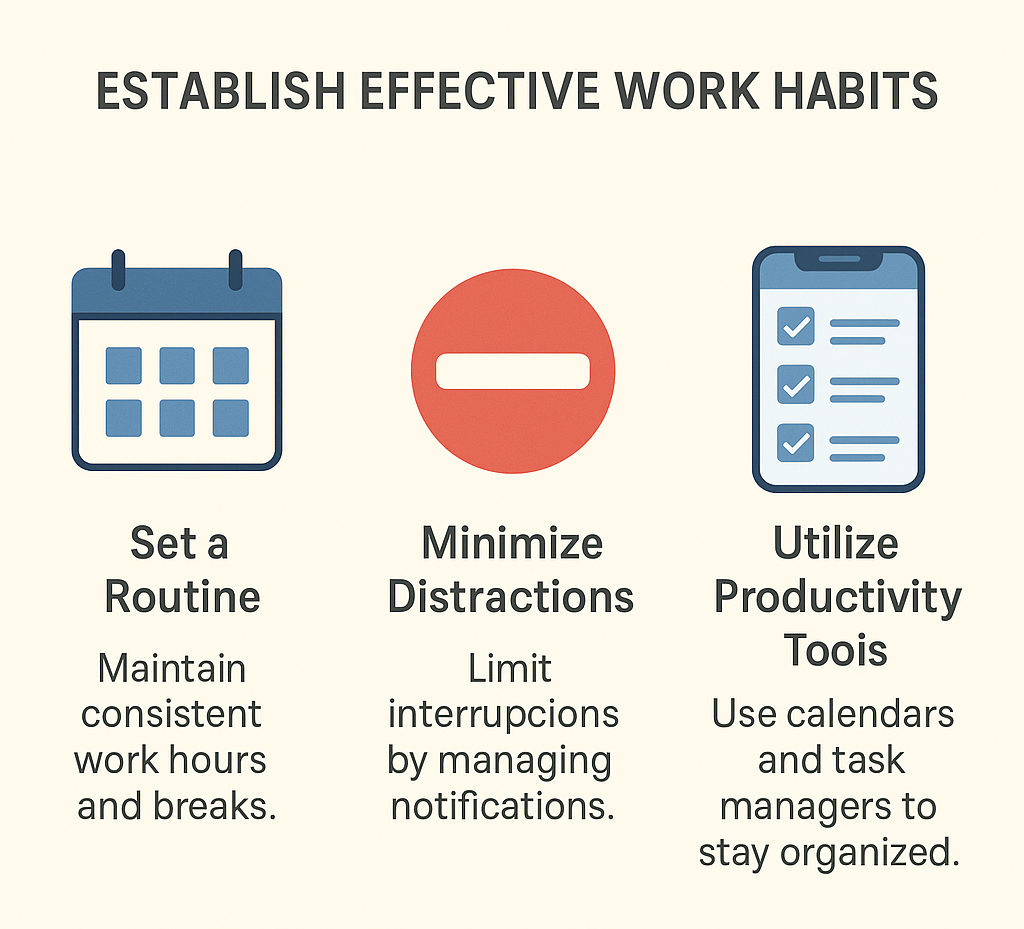
Where to Find Real Remote Data Entry Jobs (Full-Time and Part-Time)
You don’t need to waste hours combing through low-quality job listings. Start with a few high-trust platforms and target your search smartly.
FlexJobs is great for vetted remote listings, including data entry and admin roles. While it’s a paid platform, it’s known for screening out scams. For instance, many users have found long-term part-time data entry jobs with companies like Belay or Kelly Connect with FlexJobs.
Upwork and Fiverr are freelance marketplaces where you can build a profile, bid on short-term gigs, and grow from project-based work to steady clients. A freelancer might begin by doing a one-off job uploading pricing tables for an online store, and later get hired for weekly data updates by that same client.
Clickworker and Amazon Mechanical Turk (MTurk) offer microtask-based gigs ideal for supplemental income. You might earn a few dollars per task entering product specs or verifying database entries—great for testing the waters without long commitments.
LinkedIn Jobs lets you filter by “remote” and search data entry or clerical roles. You can even see if you have mutual connections at companies you’re applying to. One user landed a contract through a staffing agency that found them via LinkedIn’s “Open to Work” badge.
Companies like Conduent, HealthMark Group, Working Solutions, and occasionally Amazon often hire for data entry. These roles are usually listed on their own careers pages or through third-party recruiters. For example, Working Solutions has been known to post roles that let agents manage appointment data or client records from home.
Pro tip: set up job alerts tailored to your niche (e.g., “remote data entry,” “part-time Excel,” etc.). Customize your resume and profile keywords to highlight typing speed, attention to detail, and remote readiness. The more aligned your materials are with remote job criteria, the more likely recruiters and algorithms will surface your name.
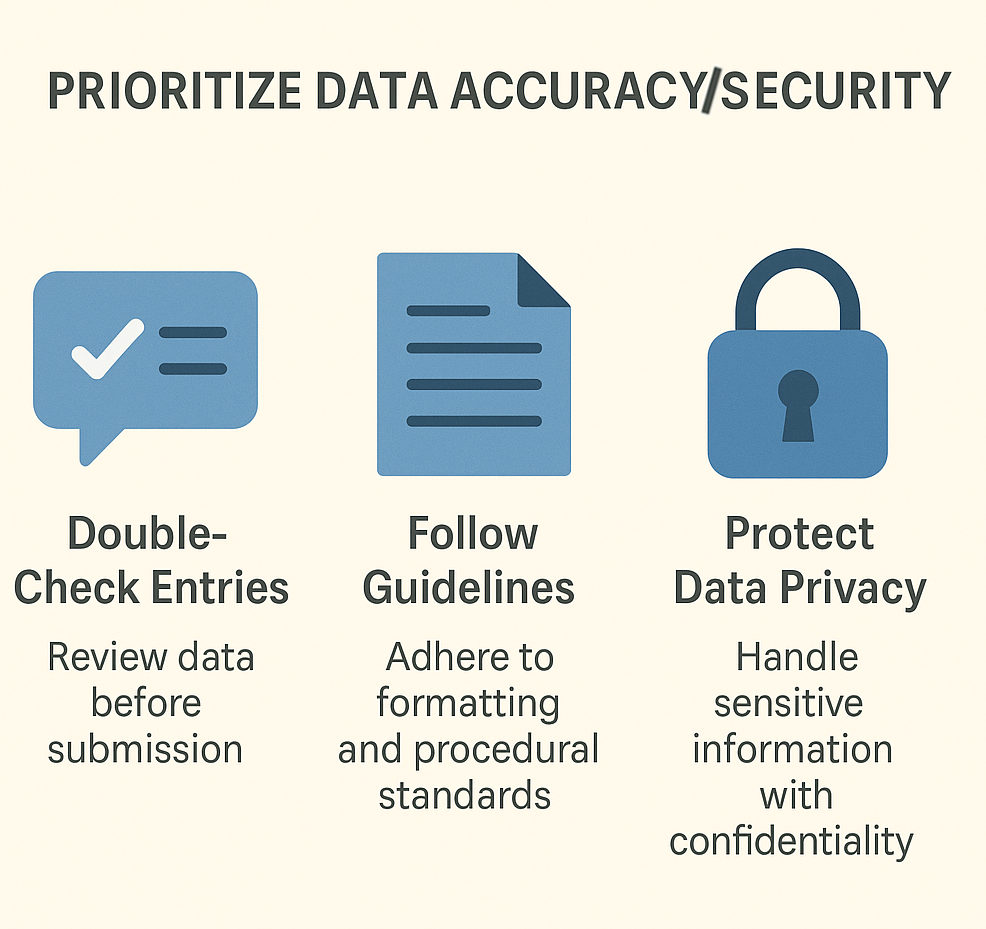
How to Succeed Once You Land the Job
You’ve landed the gig, congrats! Now, how do you keep it (and stay sane)? It starts with structure and consistency.
Treat it like a traditional job. For example, set your work hours just like a regular office gig, maybe 9 to 12 in the morning, then 2 to 5 in the afternoon. One freelancer working remotely for a legal records firm swears by blocking time on their Google Calendar to avoid letting tasks bleed into their personal time.
Breaks matter. A data entry clerk working for a nonprofit shared that she uses a timer app to take a five-minute break every 30 minutes, stretching or walking to avoid fatigue. It keeps her sharp and avoids burnout.
Having a designated workspace. Even if it’s just a corner of your dining table, make sure you dedicate the space to work. One remote worker set up a small foldable desk in her bedroom and uses a noise-cancelling headset during work hours. That small routine shift made her more focused and productive.
Tools like Pomofocus or Todoist can help manage workloads. And if you’re working with a team, apps like Slack or Trello help stay connected. For instance, one part-time remote admin uses Slack not just for updates, but to occasionally drop memes and keep morale up (we can all use a laugh once in a while).
Don’t isolate yourself. A lot of people working from home join Facebook groups or Reddit threads to share tips or just to vent. Having a space to talk with others in similar situations keeps you grounded. Remote work should offer flexibility, but without some structure it can become chaotic. Build good habits early, and you’ll find your groove.
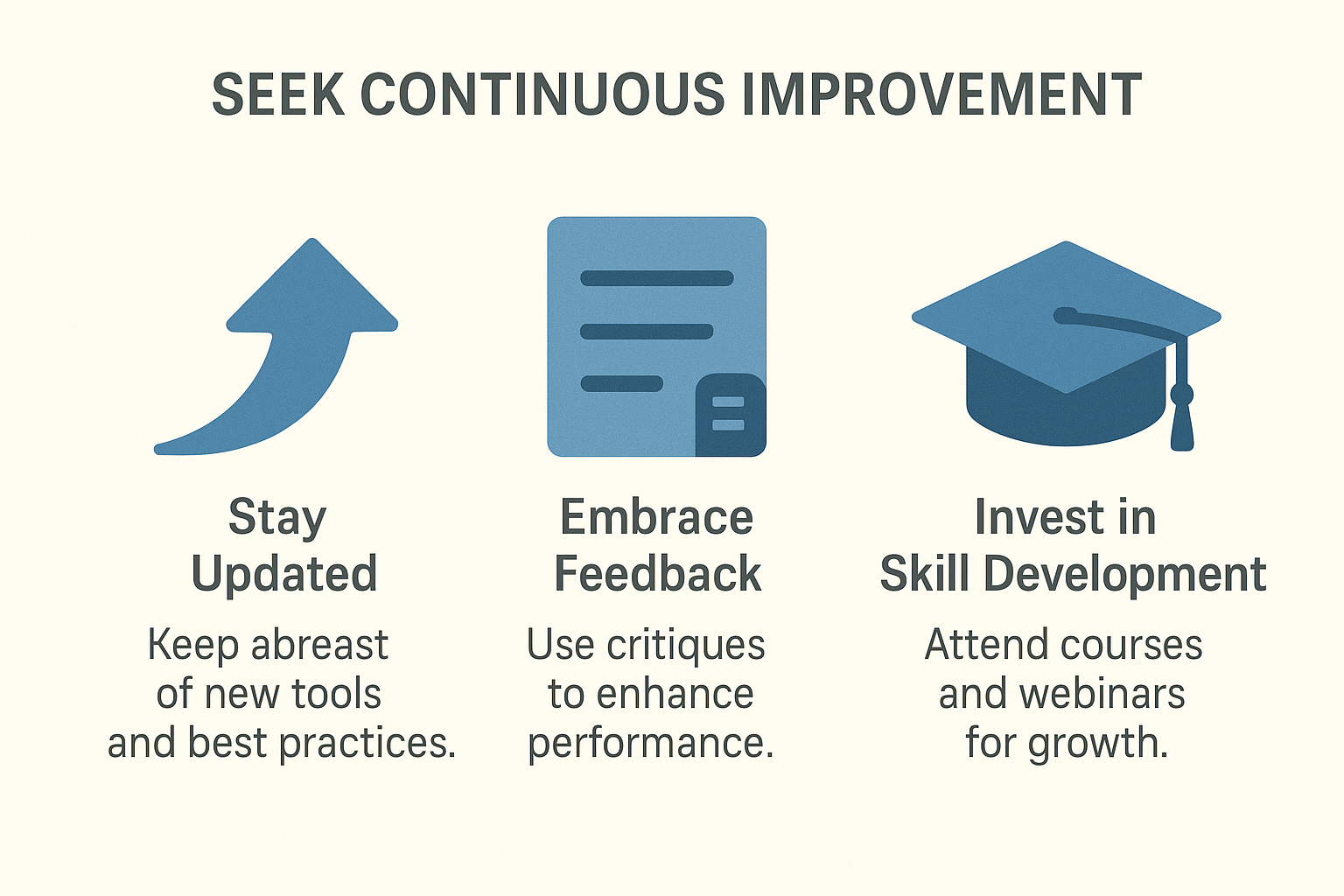
Real Stories from Real People
Crystal F. a seasoned employee, landed a full-time remote data entry job at Sharecare, a health tech company. She works a traditional 8–5 schedule, receives employee benefits, and didn’t have to pay any fees during the application process. Her success came after carefully researching companies and applying through vetted job boards.
Then there’s Maya, a single mom who started picking up microtasks on Clickworker in the evenings while her kids were asleep. After building her skills and confidence, she transitioned to Upwork where she now manages data cleanup for a local real estate firm… On her own terms, averaging 20 hours a week.
Another example: Jamal, a college student, used a part-time data entry role from Working Solutions to pay for textbooks. He started by uploading invoices into a CRM system for a logistics company, then moved into part-time virtual assistant work, thanks to the relationships he built with his clients.
Some professionals begin with entry-level roles like formatting spreadsheets or transcribing handwritten forms, and later branch into more technical areas. Like Rebecca, who originally took a remote data entry position with a healthcare provider, then enrolled in an online course for medical billing. She now works remotely as a certified medical coder, earning significantly more.
These stories prove one thing: remote data entry can be more than a side hustle. With the right approach, it can grow into a long-term, stable, and flexible career path.
Final Thoughts
Remote data entry jobs can be legit… but scams are real too. Take the time to research each job, use platforms known for vetting employers, and avoid anything that feels shady or too good to be true. For example, job boards like Diversity Employment and Virtual Vocations put listings through a screening process so you’re not wasting time dodging scams.
Customize your resume to highlight relevant skills, even if you’re just getting started. If you’ve ever managed spreadsheets, tracked customer data, or done clerical work, even as a volunteer, those things count. Also, don’t underestimate consistency. Employers love remote workers who show up reliably, communicate clearly, and hit deadlines. Whether you’re working five hours a week entering address updates for a nonprofit, or 40 hours for a billing company processing invoices, what you do still matters.
It isn’t get-rich-quick work, but it’s real, flexible, and surprisingly scalable. Treat it professionally, stick to your goals, and it can become more than a paycheck. It can be the start of a stable remote career.




